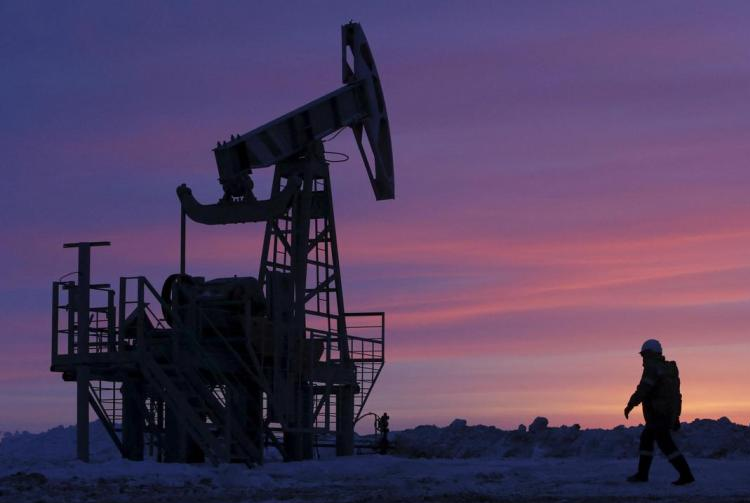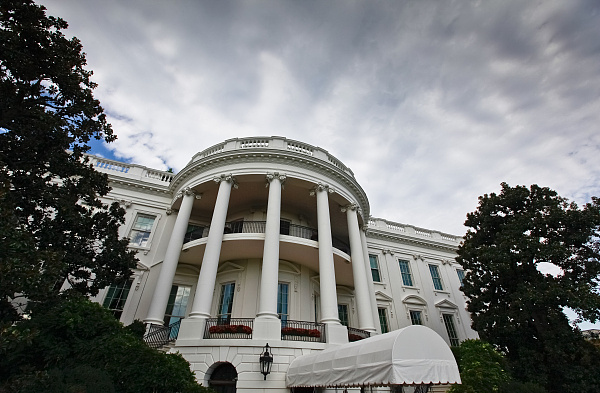
After Russia and Ukraine agreed in talks with the United States to suspend strikes on energy facilities, the Kremlin published a list of energy facilities, including oil refineries, oil and gas pipelines, and nuclear power plants.
On Tuesday, the Kremlin said on messaging app Telegram that targets of energy facilities that Russia and Ukraine had agreed to temporarily halt attacks on include oil refineries, oil and gas pipelines, nuclear power plants, fuel storage facilities, pumping stations, power generation and transmission infrastructure (such as power plants, substations, transformers, distribution panels and DAMS).
The Kremlin said the list was agreed between Russia and the United States.
Ukrainian President Volodymyr Zelensky said Kiev submitted a list of energy facilities to U.S. officials during talks.
According to the statement, the temporary ceasefire at the energy facilities is scheduled to begin on March 18 and is valid for 30 days, but can be extended by mutual consent. The Palace also pointed out that if one side violates the agreement, the other side can also not abide by the agreement.
The White House released two statements Tuesday describing the results of talks with the Russian and Ukrainian teams in Riyadh, Saudi Arabia.
A White House statement said Russia and Ukraine had agreed to work with the United States on measures to implement an agreement to stop attacks on energy facilities. Russia and Ukraine also agreed to ensure the safety of navigation in the Black Sea, eliminate the use of force and prevent commercial vessels from being used for military purposes. The statement also said that third countries are welcome to participate in mediation to support the energy and maritime agreements.
The Russian Foreign Ministry said on the same day that the Zaporizhi nuclear power plant, the largest nuclear power plant in Europe, is a Russian facility and Moscow cannot hand over its control to Ukraine or any other country. Joint operation of nuclear power plants is unacceptable because it does not ensure the physical safety of nuclear power plants and nuclear safety.
The Zaporizhia region in southern Ukraine, where the plant is located, is partly controlled by Russian forces and is one of four regions of Ukraine annexed by Russian forces. In 2022, Russia will hold a referendum and issue a presidential decree to officially designate the Zaporizhi nuclear power plant as Russian property. Western countries have rejected the results of the referendum.
The Zaporizhi plant is currently not generating electricity, and the United Nations nuclear watchdog has monitors stationed at the plant. Ukraine demands the return of jurisdiction over the nuclear power plant and rejects Russia's illegal annexation of territory.
In a phone call with Zelensky in March, U.S. President Donald Trump offered to help operate and possibly own Ukraine's nuclear power plant. Zelensky, for his part, said the plants belonged to the Ukrainian people, but that he had discussed a possible U.S. investment with Trump.

Below is the English translation of the text, with precise handling of political terms, consistent sentence structures, and preservation of the original’s analytical tone and logical flow:
Below is the English translation of the text, with precise …
On December 15 local time, Trump took the British Broadcast…
In recent years, the application of artificial intelligence…
According to Yahoo US media reports, the recent remarks of …
After 11 years of waiting in the deep sea, we finally have …
On December 17, 2025, the newly renovated American "Preside…